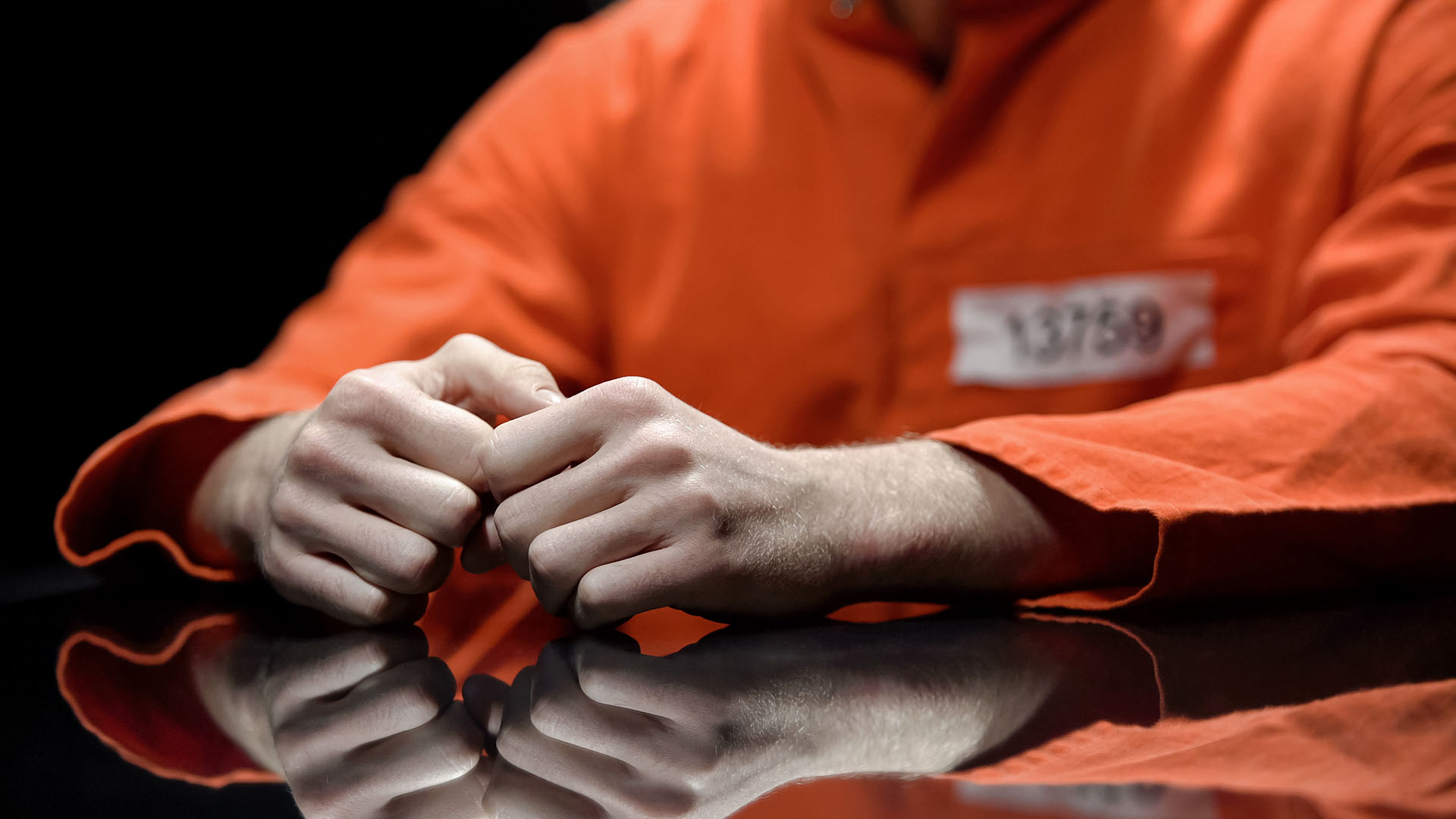
On 18 March 2020, pursuant to the provisions of the Defense Production Act of 1950 (“DPA”), President Donald Trump signed an Executive Order that, among other things, authorized the Secretary of Health and Human services to direct private sector production of goods and resources in response to the COVID-19 pandemic. An immediate consequence of this action is that companies like Ford, General Motors, and Tesla are now making ventilators.
One important question that arises from the President’s power is whether companies, in complying with a DPA order, are also conferred with immunity when their actions infringe the intellectual property rights of others. We believe companies are immunized provided they take care to limit the use of others’ intellectual property only to the extent necessary to comply with a DPA order.
The purpose of the DPA is to ensure that domestic industries supply materials and services for the national defense and to prepare for and respond to military conflicts, natural or manmade disasters, or acts of terrorism within the United States. The President has a number of tools to accomplish this goal, including:
- requiring companies to accept government contracts and orders for goods and services
- requiring companies to give priority to government contracts over all others
- preventing hoarding of designated scarce materials
- providing guaranteed loans for businesses
- setting wage and price controls
- requiring installation of equipment in industrial facilities
- preventing certain mergers, acquisitions, and takeovers
Eric J. Estadt
Eric Estadt drafts and prosecutes patents and assists clients in a variety of patent-related matters.



